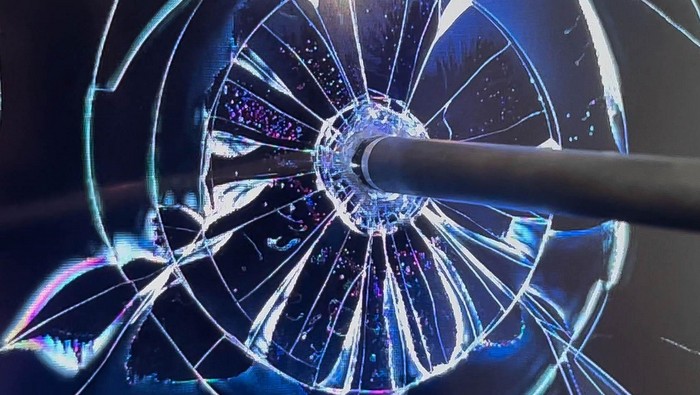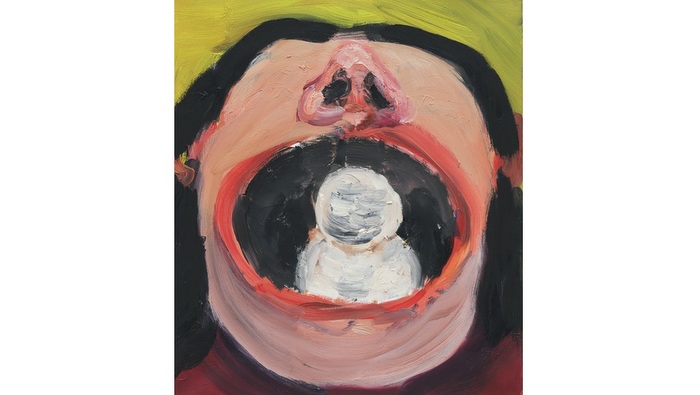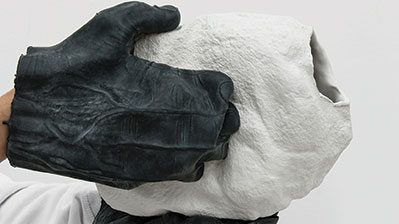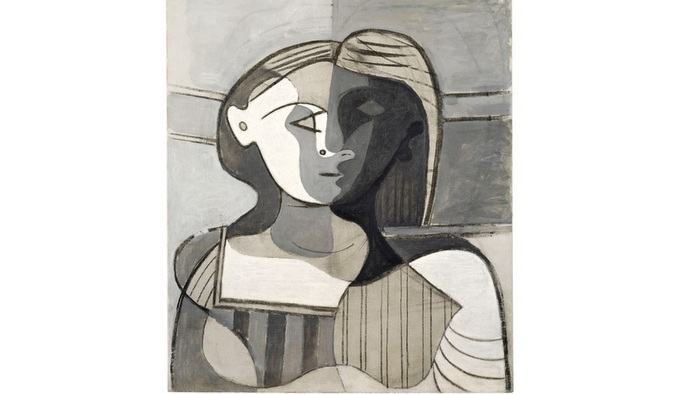Ambivalence as a stance and impetus in seeking form and anti-form play a decisive role for Ute Müller: be it casts of negative forms of almost recognizable objects or arrangements of found, easy-to-change, and thus differently charged things. The artist makes comprehensible the process of formation; she varies materials and combines references without allowing anything specific to be missed when grappling with form, idea, and presentation. The categories of space and time are vital for the artist.
Ute Müller combines paintings, sculptures, and installative assemblies to create complex spaces of agency. For Room C at the Künstlerhaus, which is structured by its pillars, the artist has designed an environment in which the paintings and the sculptures interrelate, but also the curved walls placed throughout the room engage with the shown exhibits. The mediums of painting and sculpture thus meet and make connections. Forms remain engrained in memory and become memory pictures that reappear elsewhere as visual symbols. The impulse to decode the language of form employed by Müller illustrates how her works have a linguistic dimension that can immerse the beholder in action. Thus a sense of activation is set in motion that counters contemplative reception. Ute Müller’s exhibition becomes a place of possible activity.
Ute Müller (b. 1978 in Graz, lives in Vienna) studied at the University of Applied Arts Vienna and at the Royal College of Art in London.
The exhibition is accompanied by contributions in the KM– Online Journal, including an interview with Ute Müller by Dominikus Müller (forthcoming): http://journal.km-k.at/.
At nighttime, the illustrator Ingo Abeska sorts through his loot: international newspapers and magazines serve as an inspiration and a medium. He skims the individual pages; some things seem relevant and catch his interest, while others he ignores. Ultimately, he intuitively selects a motif, a report, or a miniature that elicits a rather brief, involuntary response. Like in an atlas, Abeska collects drawings to create a personal cartograph that not only facilitates his approach to interpreting the world of news and current developments, but also opens up a view of the beyond.
At the Künstlerhaus, Ingo Abeska is showing both his recently completed notebooks and also those created in past years, featuring drawings and collages. What is more, he departed from the notebook format for this exhibition. However, his larger drawings presented on the walls are based on the same source as his notebook works: originating from daily newspapers and magazines that the artist regularly leafs through. read more … http://www.km-k.at/en/exhibition/ingo-abeska/text/
Ingo Abeska (*1953 in Graz, lives in Graz) spent years playing the guitar and piano before deciding, in the 1990s, to take up drawing. At first he worked with loose sheets, but starting in the year 2000 he began filling notebooks. Since 2005 he has collaborated regularly with the artist E.d Gfrerer.
08-12-2017
25-01-2018
Ute Müller
08-12-2017
25-01-2018
Ingo Abeska
Related Publications

Leo Pum presents HYPER LIKE at HYPER HOUSE
December 18, 2025
Aargauer Kunsthaus. Klodin Erb. Curtain falls dog calls
December 17, 2025












